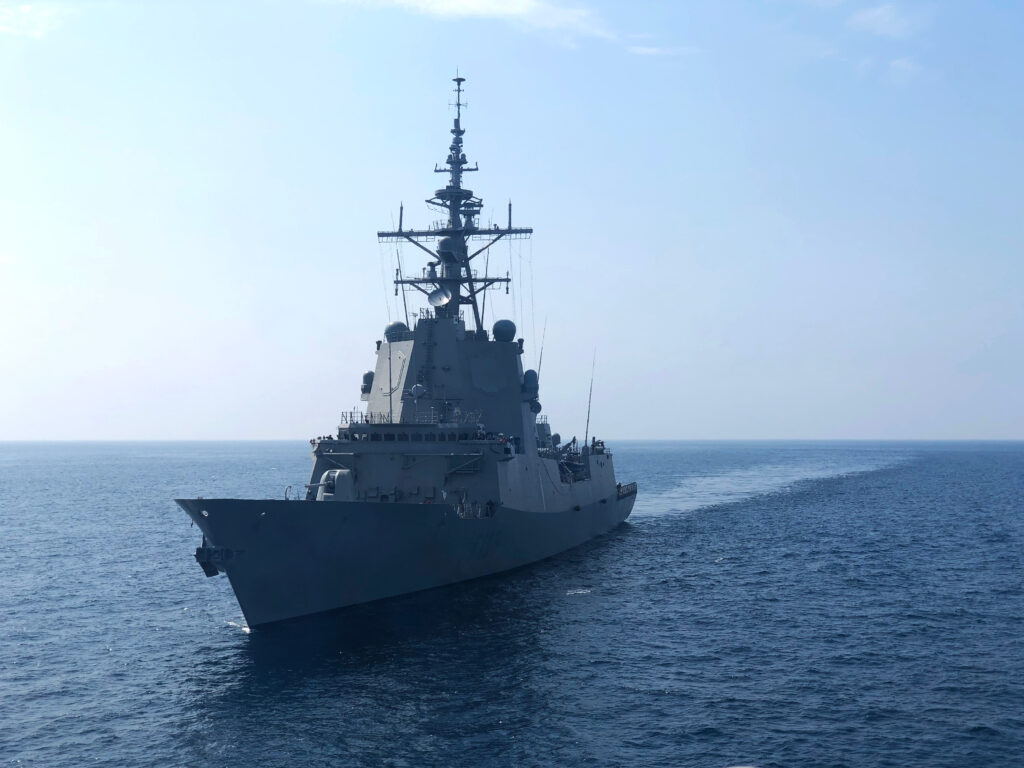NATO has launched a critical mission to protect undersea cables and pipelines in the Baltic Sea. This multinational effort, known as Baltic Sentry, comes in response to recent incidents suggesting sabotage against vital infrastructure.
Baltic Sentry: A Multinational Effort
The taskforce began operations off Estonia’s coast, deploying ships from multiple NATO member states. The team includes a Dutch frigate, a German minesweeper, and a naval research ship, with additional vessels like a French minesweeper set to join soon. Cmdr Erik Kockx, leading the mine countermeasures unit, described the mission as akin to “security cameras of the Baltic Sea.” He stressed the flotilla’s proactive role in detecting and responding to potential threats.
Rising Concerns Over Undersea Sabotage
This mission follows several alarming incidents in recent months. On Christmas Day, the Eagle S oil tanker reportedly dragged its anchor over the seabed, damaging Finland and Estonia’s Estlink 2 power cable and four data cables. Finnish authorities detained the tanker and are investigating whether the damage was deliberate. The vessel belongs to Russia’s so-called shadow fleet, which is often used to bypass international sanctions.
Similar cases have heightened regional anxiety. In October 2023, the Balticconnector gas pipeline between Finland and Estonia was severed. A month later, two fiber-optic cables were damaged by another vessel reportedly linked to Chinese operators. While officials initially labeled these incidents as accidents, their strategic nature and frequency point to possible hybrid warfare tactics.
Adding to the tension, Estonia, Latvia, and Lithuania are preparing to disconnect from the Russian energy grid on February 8. This synchronization with the European grid is a significant step but risks provoking Moscow. Tomas Jermalavičius, a security expert, noted that these disruptions might aim to erode public confidence and destabilize the region.
Advanced Technology to Counter Threats
NATO is leveraging cutting-edge technology to safeguard the Baltic. The taskforce uses sonar systems, underwater drones, and satellite surveillance to monitor maritime activities. Commodore Arjen Warnaar, leading the operation, warned that ships leaving Russian ports would face heightened scrutiny. “Any vessel with unlawful intentions will think twice,” he stated.
This mission underscores NATO’s dedication to protecting critical infrastructure that supports global financial systems and energy supplies. NATO Secretary General Mark Rutte highlighted the importance of these efforts, referring to the recent incidents as “possible sabotage.”
Ensuring Stability in the Region
As the Baltic Sentry operation expands, it sends a clear signal of deterrence to potential adversaries. The initiative demonstrates NATO’s resolve to protect energy and communication networks while reinforcing stability in a strategically vital region.
